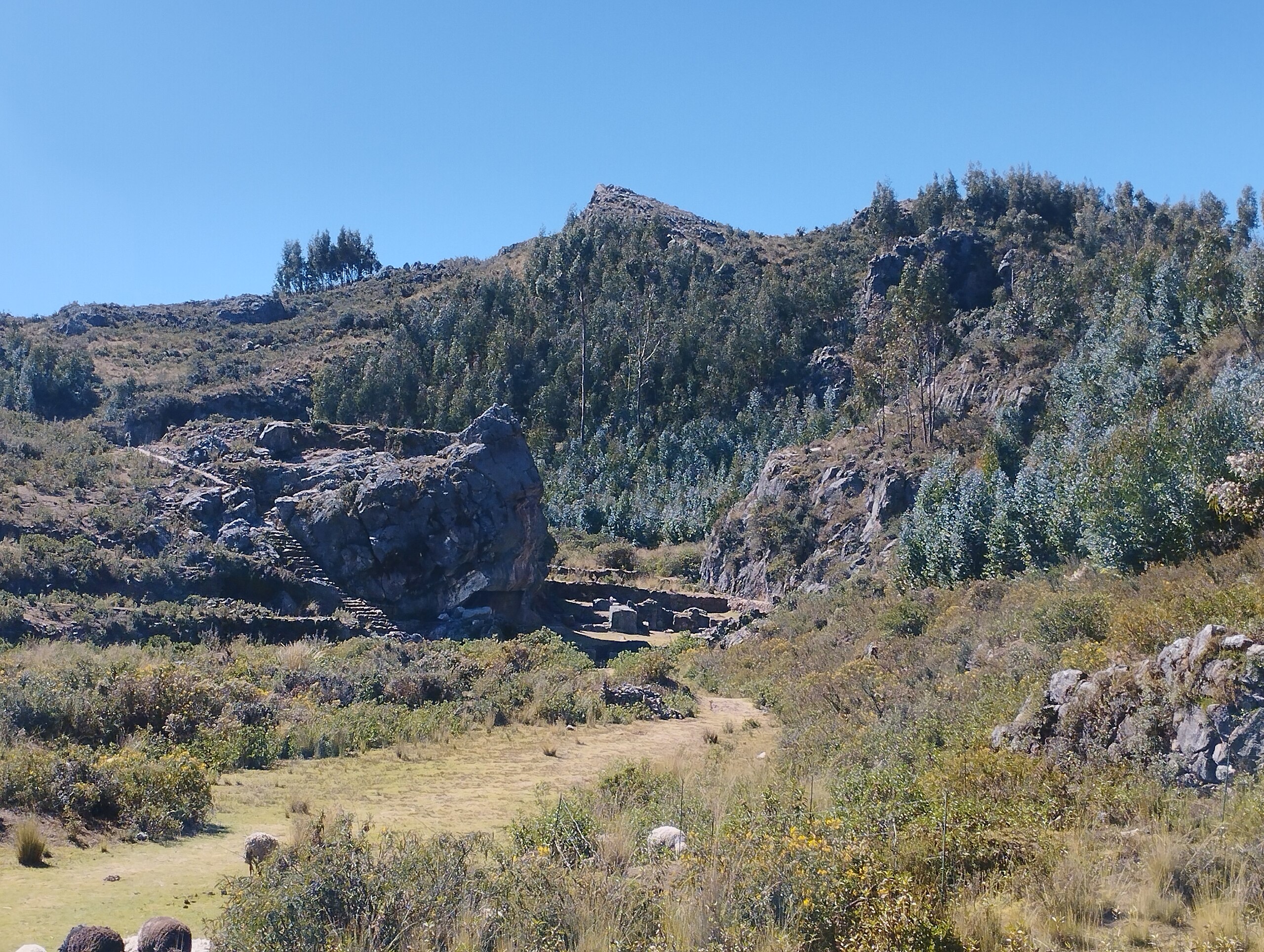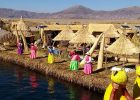Chuspiyoq Archaeological Site: a hidden sacred corner in Cusco that very few travelers know about, yet it holds a deep history tied to Andean spirituality. Located among mountains, forests, and ancient paths, this archaeological site offers a quiet and mystical experience for those seeking something beyond the typical tourist spots. If you’re interested in exploring authentic places, connecting with nature, and experiencing Inca history at its core, Chuspiyoq is a must on your Cusco itinerary.
Discover in this guide everything you need to plan your visit: history, architecture, how to get there, climate, recommendations, and tour options.
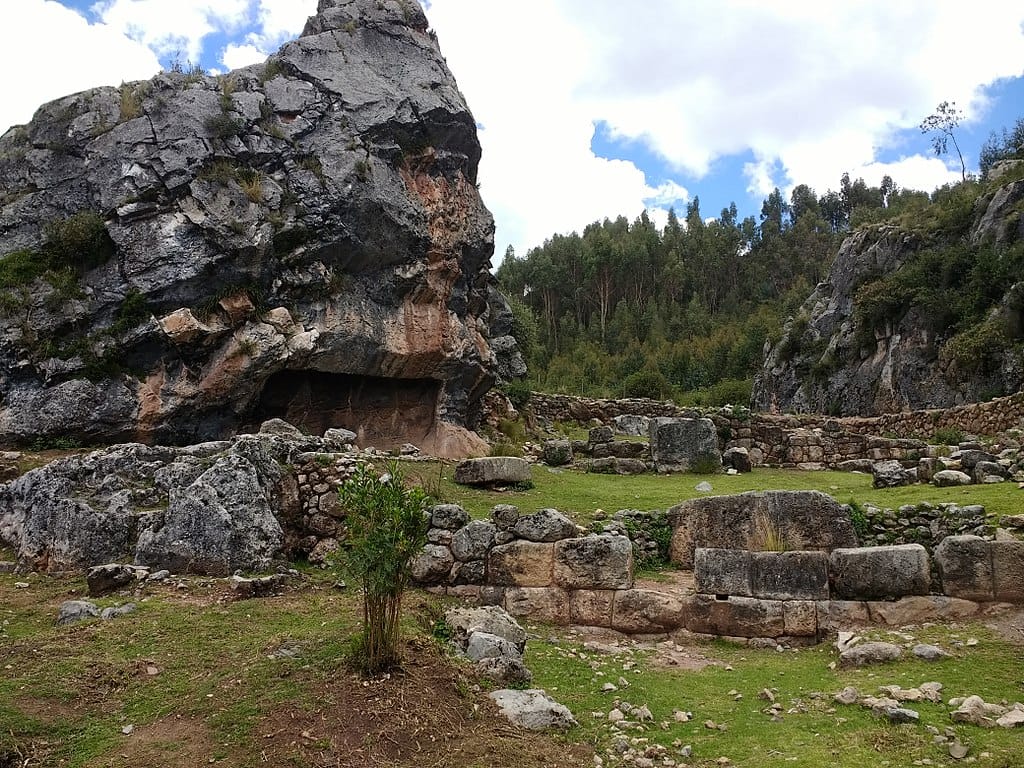
Chuspiyoq, a ceremonial center for connecting with the earth and the Apus
Chuspiyoq is a small but fascinating archaeological site located on the outskirts of Cusco. Its name comes from Quechua and can be translated as “the one that has sprouts” or “the one that blooms,” which resonates with its natural and spiritual essence. This site was used as a ceremonial center by the ancient Incas, possibly as part of a network of sacred sites connected to the Apus (mountain spirits) and water sources.
What makes Chuspiyoq special is not its size or number of structures, but the energy one feels while walking its paths and the surrounding landscape. It is ideal for visitors looking to do light trekking, meditate, take photographs, or simply enjoy a pure environment away from mass tourism.
What is Chuspiyoq and why is it a special archaeological site?
Chuspiyoq is a minor archaeological center compared to places like Sacsayhuamán or Pisac, but its value lies in its spiritual and scenic role. It is believed to have been a place for rest, reflection, and worship along ancient Inca trails. The structures are simple yet symbolic: platforms, stone walls, water channels, and open spaces oriented toward the mountains.
This place is special because:
- It offers an intimate experience with Inca history
- It is surrounded by forest, fresh air, and peace
- It’s perfect for those interested in mindful and cultural tourism
Additionally, many travelers report feeling a special energy here—ideal for yoga, meditation, or guided Andean rituals.
History of Chuspiyoq: ceremonial use and spiritual connection
There are no exact records of Chuspiyoq’s construction, but archaeological studies and oral accounts from nearby communities indicate that it was a ceremonial and astronomical center, possibly used for solar observations and water rituals.
During the Tahuantinsuyo, the Incas established networks of smaller sacred sites (wak’as) interconnected with each other. Chuspiyoq may have been one of them, serving as a:
- Site for offerings to Pachamama
- Resting place along spiritual routes
- Lookout or territorial control point
Elements still preserved, such as stairways, terraces, and water channels, reinforce the theory of its ritual use.
Main temples and structures at Chuspiyoq
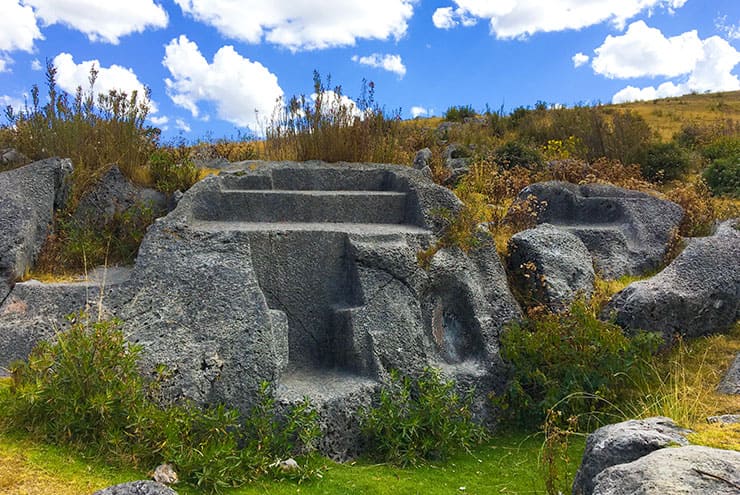
Although it doesn’t have a monumental temple like other sites, Chuspiyoq features symbolic and functional architecture. The constructions are integrated with the natural surroundings and built with finely carved local stone.
Some of the most notable features include:
- Ceremonial platforms: ideal for agricultural or solar rituals
- Stone stairways: possibly for ceremonial or symbolic processions
- Water channels: likely used in purification ceremonies
- Retaining walls and terraces: for agriculture or observation
The site’s simplicity allows visitors to connect with its energy without distractions, in total harmony with the environment.
Location of Chuspiyoq: Where is it exactly?
The Chuspiyoq Archaeological Center is located in the San Sebastián district, east of the city of Cusco. It lies in a mountainous area, halfway between the city and some high-altitude forests, which gives it a well-preserved natural atmosphere.
Approximate coordinates:
- Region: Cusco
- Province: Cusco
- Altitude: between 3,600 and 3,800 meters above sea level
It is close to other lesser-known sites like the Temple of the Moon and Inkilltambo, so it can easily be combined in a half-day hike.
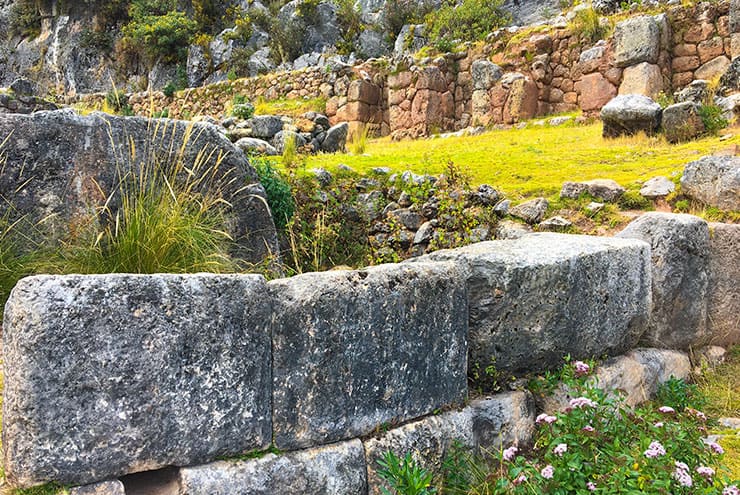
How to get to Chuspiyoq from Cusco?
There are three main ways to get there:
- Hiking from Cusco: From San Blas or San Sebastián, you can walk up via ancient trails (approx. 1.5 hours).
- Take a local taxi to a nearby area and then walk 15–20 minutes.
- Join a half-day guided tour with transport, a guide, and time for meditation or ceremonies.
The route is safe, although it can get slippery during the rainy season. It’s recommended to wear good shoes and go with company if it’s your first time.
Climate at Chuspiyoq: What to bring for your visit
The climate in Chuspiyoq is typical of the Andean highlands, with sunny days and cold mornings/nights—even in the dry season.
Dry season (April to October):
- Clear days, ideal for hikes
- Bring sunscreen, a cap, and water
- Dress in layers (cold mornings, mild afternoons)
Rainy season (November to March):
- Frequent rains, wet trails
- Bring a poncho, waterproof shoes, and walking sticks
It’s always a good idea to bring:
- Trekking shoes
- Light clothing + warm jacket
- Water, snacks, hat, and sunglasses
- Camera or phone with good battery
Tips for visiting Chuspiyoq for the first time
- Avoid going alone if you’re unfamiliar with the path; go with a guide or a local
- Respect the structures and don’t climb on the walls
- Don’t leave trash or damage the vegetation
- Ideal for weekday visits (low visitor traffic)
- Take time to meditate or simply sit and enjoy the landscape
If you want a deeper experience, you can arrange Andean rituals with local spiritual guides who offer ceremonies of gratitude to Pachamama.
What to see near Chuspiyoq?
Since it’s relatively close to central Cusco, you can combine your visit with:
- Temple of the Moon
- Inkilltambo
- Christ the Redeemer and Sacsayhuamán
- Elves’ Valley Trail (eco-route)
